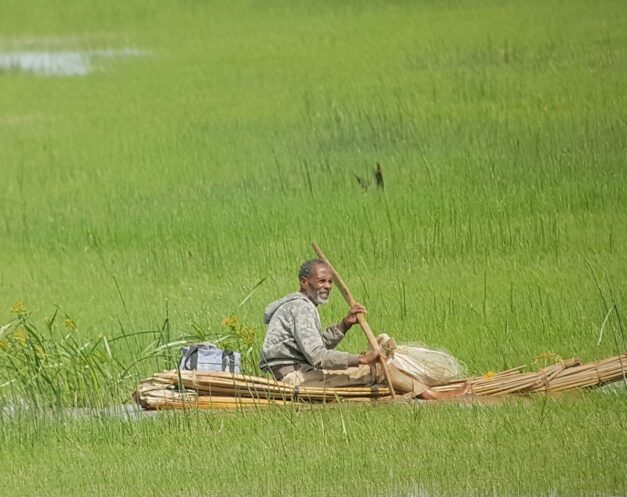Restoring balance in Ziway-Shalla sub-basin

The Ziway-Shalla Basin in the Central Rift Valley, Ethiopia, is more than just a landscape. Stretching across a vast area of 15,000 kilometres square, with four major lakes – Ziway, Abijata, Shalla and Langano – this sub-basin is the cornerstone of local ecosystems and economies. For the communities of over 7 million people here, it is the essence of life.
But this lifeline is under threat. Wasteful water use, unchecked irrigation, charcoal production, unsustainable farming, and industrial practices have all set in motion a cycle of erosion, deforestation, and severe land degradation, reaching alarming water scarcity for both people and the environment.
Since 2019, with support from the Netherlands Ministry of Foreign Affairs Enterprise Agency (RVO), we have worked with a consortium (including Ethiopian Rift Valley Lakes Basin Administration Office (RVLBAO), Meki Batu Farmers’ Union, Joytech, Acacia Water, and World Waternet) to improve water usage, reduce recession of wetlands, enhance overall ecosystem health, and human well-being and resilience.
This pilot initiative embraced an integrated landscape approach involving communities to address uphill erosion, enhance water-efficient farming in down hill areas, and improve water governance. Practical restoration activities against erosion involved building stone bunds and other structures to stabilise soil and prevent land degradation. Community engagement has been the cornerstone of this initiative, emphasizing that community ownership is key for sustainability beyond its immediate reach.
Watch the documentary to learn more.

